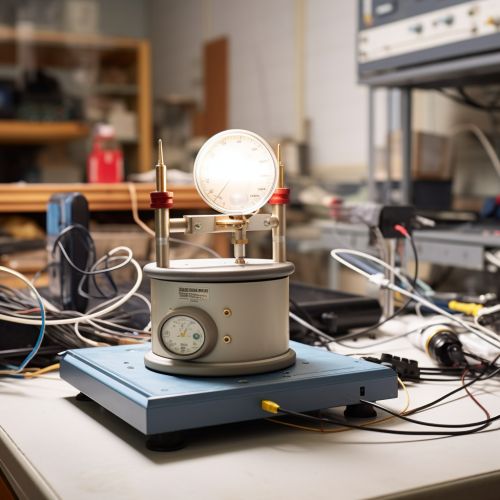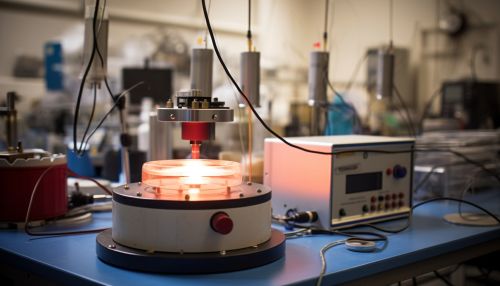Seismometer
Introduction
A seismometer is a scientific instrument that detects and measures the intensity, direction, and duration of seismic waves produced by earthquakes or other seismic activities. The term "seismometer" originates from the Greek words "seismos" meaning earthquake, and "metron" meaning measure. Seismometers are crucial tools in the field of seismology, the study of earthquakes and the Earth's internal structure.


History
The first seismoscope, a rudimentary form of seismometer, was invented by the Chinese philosopher Zhang Heng in 132 AD. This early device, known as the "earthquake weathervane", was capable of detecting the direction of an earthquake hundreds of miles away, but it did not measure the intensity or duration of the seismic waves.
The modern seismometer was developed in the 19th century by Scottish physicist James David Forbes. His design, known as the horizontal pendulum seismometer, was able to measure the amplitude of seismic waves, providing a more detailed analysis of earthquakes.
Design and Function
A typical seismometer consists of a mass, known as the seismometer mass, which is suspended from a frame by a spring or wire. When the ground moves due to seismic activity, the frame moves with it, but the mass tends to remain stationary due to inertia. This differential motion is then detected and recorded.
The sensitivity of a seismometer is determined by the natural frequency of the mass-spring system. A low natural frequency results in a highly sensitive seismometer, capable of detecting small ground motions. Conversely, a high natural frequency results in a less sensitive seismometer, which is more suited to recording large earthquakes.
Types of Seismometers
There are two main types of seismometers: short-period and long-period. Short-period seismometers are designed to record high-frequency seismic waves, such as those produced by local earthquakes. Long-period seismometers, on the other hand, are designed to record low-frequency seismic waves, such as those produced by distant earthquakes or tectonic movements.
In addition to these, there are also broadband seismometers, which can record a wide range of seismic frequencies. These are often used in research applications, where a detailed analysis of seismic activity is required.
Applications
Seismometers are used in a variety of applications, both scientific and practical. In seismology, they are used to study earthquakes and the Earth's internal structure. This information can be used to predict future earthquakes, understand plate tectonics, and investigate the Earth's deep interior.
In addition to these scientific applications, seismometers are also used in various industries. For example, in the oil and gas industry, they are used in seismic surveys to locate oil and gas reserves. In civil engineering, they are used to monitor the structural integrity of buildings and bridges.
